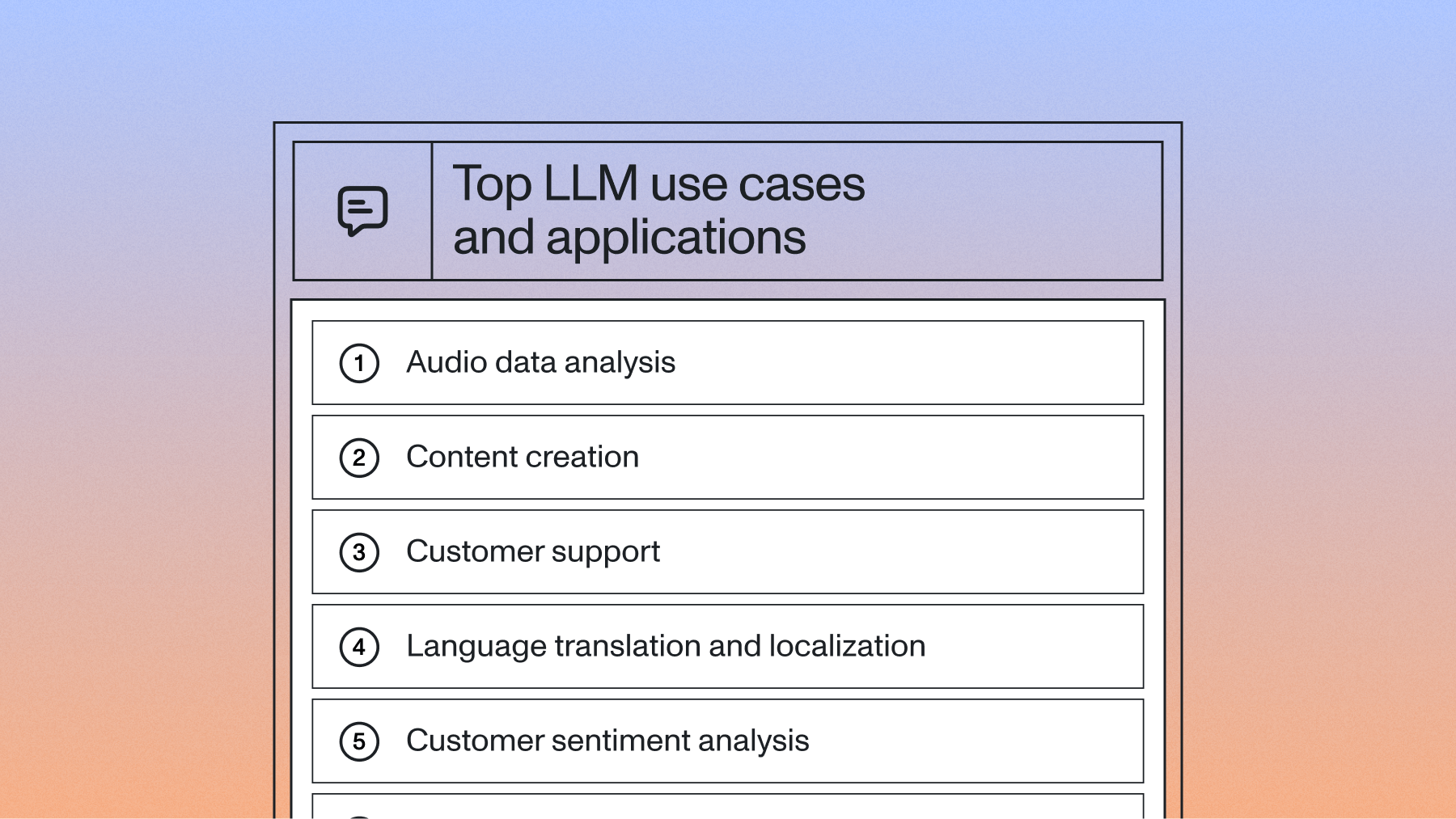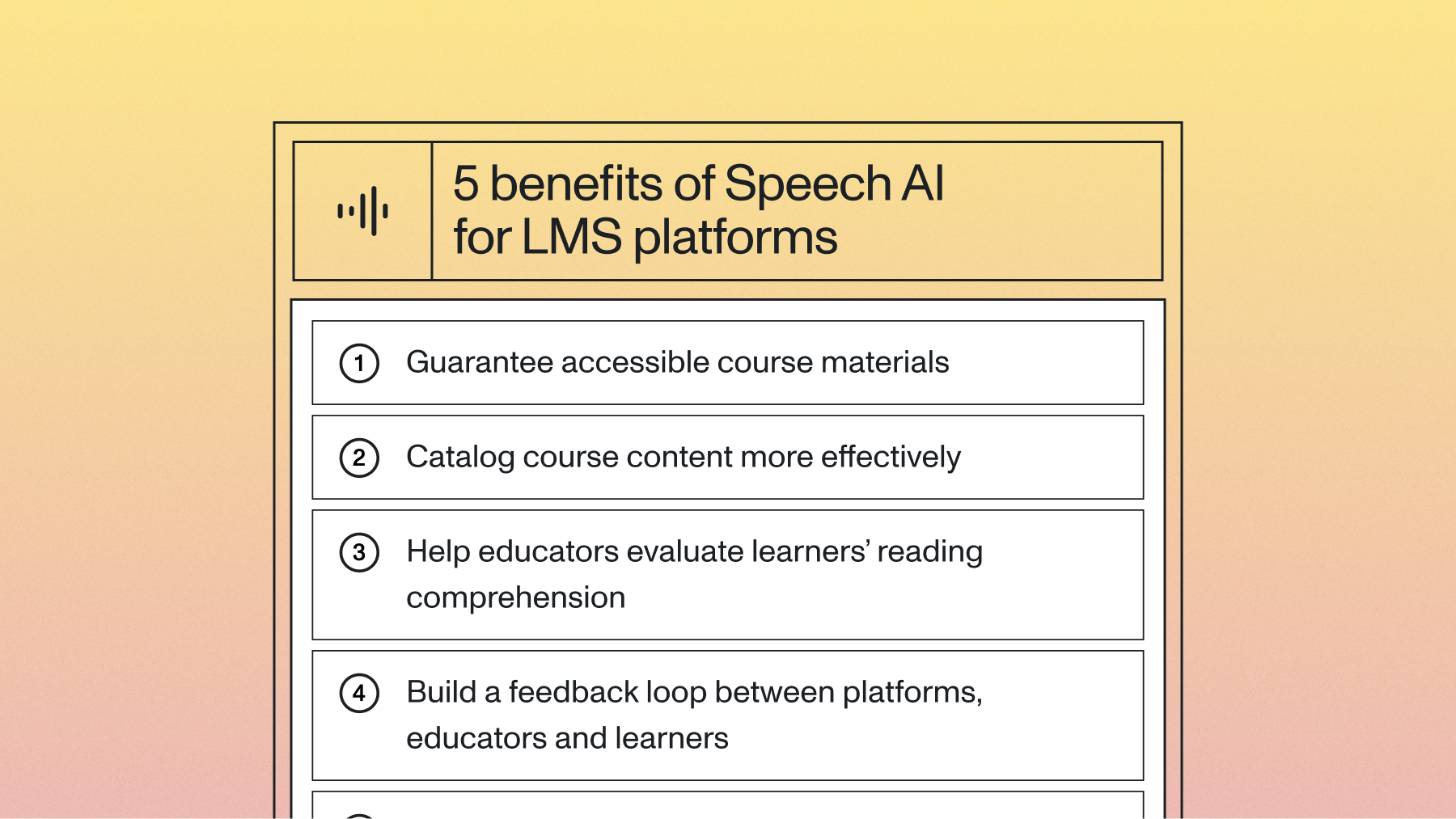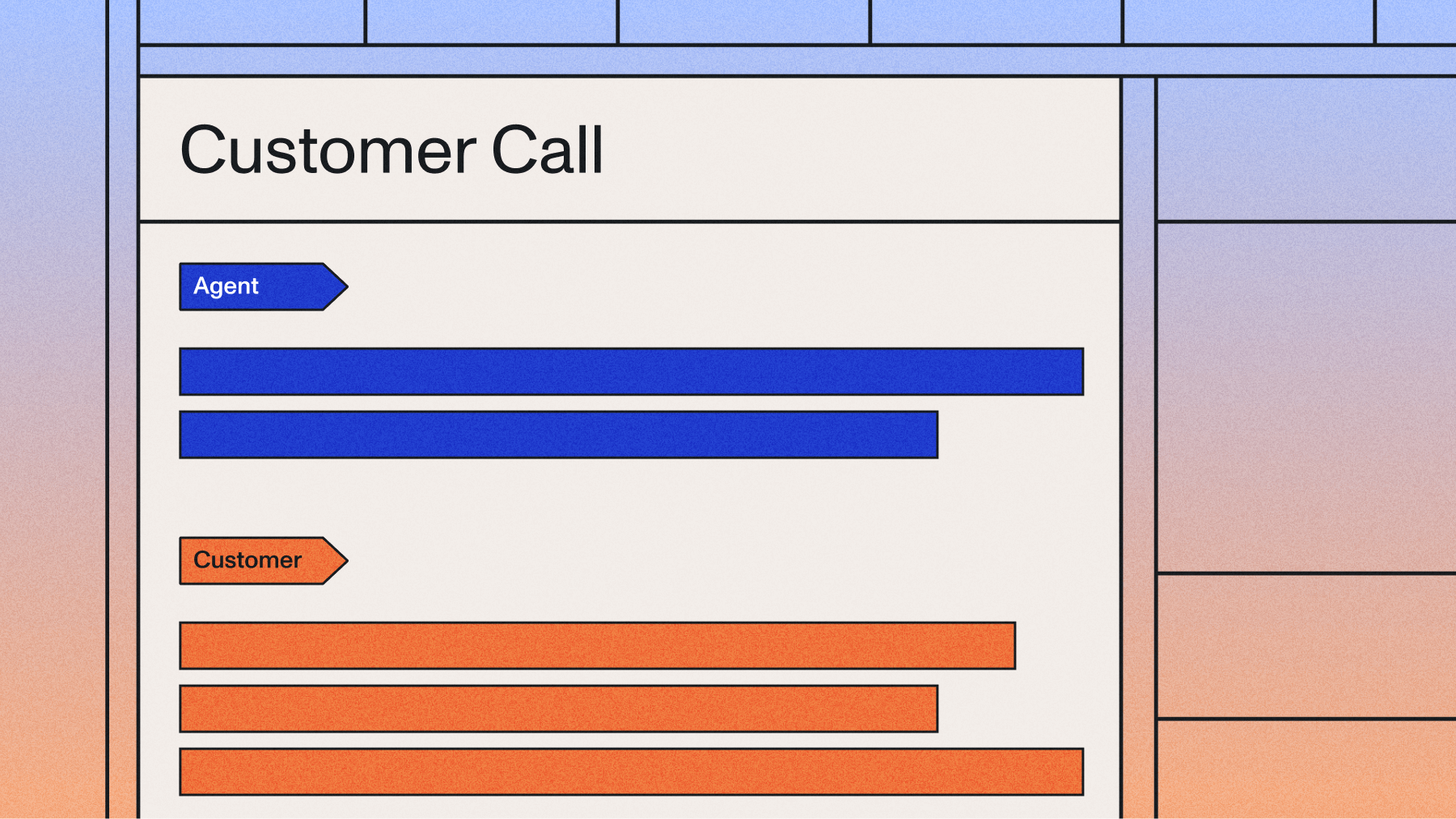3 ways to build and deploy AI tools and features faster
This blog post examines some of the top blockers facing companies looking to build with AI, as well as explores solutions to building and deploying successful AI tools and features faster.



AI innovation is accelerating faster than ever before. Top technology companies are integrating this AI research to power a new generation of foundational smart products, including search engines, chatbots, and word processors. Google, for example, recently announced that its Workplace apps will now all include AI features. Microsoft previously announced that it is incorporating ChatGPT into its Bing search engine.
Companies understand that building with AI will quickly become the new norm, regardless of industry, or risk getting left behind. Product teams now need ways to expedite core AI roadmap features and boost AI product delivery to realize a quick time to revenue and monetization.
This blog post will examine some of the top blockers facing companies looking to build with AI, as well as explore solutions to building and deploying successful AI tools and features faster, including:
- Boosting internal productivity with production-ready AI models
- Relying on enterprise-grade security and 24/7 support
- Finding a strategic AI partner
Finally, we will explore a few real-world AI use cases that demonstrate how product teams followed the above steps to deliver successful AI-powered tools and features to their customers.
3 ways to build and deploy AI tools and features faster
1. Utilize production-ready AI models as a service
With the AI market exploding with new AI-first companies, tools, and products every day, product teams must find ways to integrate AI into their product roadmap while also accelerating mean time to market. One approach to achieving this accelerated timeline is to rely on production-ready AI models as a service.
Production-ready AI models as a service bridge the gap between research labs and AI-powered apps, helping product teams apply the latest AI research faster. In fact, the best AI models as a service can 10x product roadmap velocity for a company’s AI-powered features and products by providing quick and easy access to a portfolio of cutting-edge AI models.
Production-ready AI models as a service also help product teams focus more on building core feature-rich capabilities and prioritize other role responsibilities without sacrificing performance while attention is diverted.
Focus on finding an AI partner that leverages the latest AI research and breakthroughs, so your product team always knows that you’re building on top of cutting-edge AI models and that your product will be state-of-the-art upon deployment, and into the future.
Try our production-ready AI models in our playground
2. Ensure enterprise-grade security and support
Another way that product teams can build AI features and products faster is to choose an AI partner that offers enterprise-grade security and support. Finding an AI partner that already has security measures and certifications in place such as SOC 2 Type 1 and 2 certifications, GDPR compliance, and regular 3rd-party audits will help ensure that sensitive customer data is always protected.
In addition, find a partner that offers additional support throughout your entire relationship, from feature design to implementation to go-live and beyond. “Always-on” or enhanced customer support 24/7 via multiple channels such as Slack, email, chat, and phone will free up crucial engineering resources and remove competition from other priorities.
Enhanced security and support measures help product teams deliver dependable, scalable solutions with more internal ease and autonomy.
3. Prioritize a strategic AI partnership
Finding an AI company that can offer a true strategic AI partnership will also accelerate AI features and products to deployment faster. Your AI partner should allow you to leverage their deep AI competency to offload significant internal research and development efforts. Then, your product and engineering teams can better focus on the products core to your growth.
In addition, find an AI provider that offers AI models that meet your needs now and that can also meet your needs in the future. For example, AssemblyAI offers a simple API for production-ready AI models for Speech Recognition, Summarization, Speaker Diarization, Sentiment Analysis, Topic Detection, and more. Many product teams start by embedding one AI model into their feature or tool and then expanding their use of additional AI models as they build out other features and products in the future.
To help offset some of the costs, some AI models as a service also offer bulk pricing–as you leverage new AI models, your unit costs go down, improving your margins.
Real AI-powered tools and features use cases
Real AI-first companies are finding success through the approaches discussed above.
CallRail, a lead intelligence software company, built a new AI feature, Call Summaries, with an AI summarization model. This innovative new AI product, in addition to the other AI models the company had already built features on top of, helped CallRail double its Conversational Intelligence customers.
As a Contact Center Software as a Service, Aloware wanted to help its customer make better sense of the gigabytes of unstructured data that was generated by calls and messages. Aloware’s product team integrated production-ready AI models to ship Smart Transcription in just six weeks, automating most QA tasks for its customers.
Hiring intelligence platform Screenloop relies on AI to build products that help its customers cut manual tasks by 90%, reduce time-to-hire by 20%, realize 60% less candidate drop-off, and see 50% fewer rejected offers. Screenloop uses AI-powered transcription as the foundation for these smart features and tools.
Integrating AI today
The time to build with AI is now. To move quickly, and ensure future-proofed state-of-the-art features and products, product teams should consider building with production-ready AI models as a service, prioritize security, support, and scalability, and find a long-term AI partner.
Want to learn more about building successful AI products faster?
Download our guide: 7 best practices for building better products with AI.
Lorem ipsum dolor sit amet, consectetur adipiscing elit, sed do eiusmod tempor incididunt ut labore et dolore magna aliqua. Ut enim ad minim veniam, quis nostrud exercitation ullamco laboris nisi ut aliquip ex ea commodo consequat. Duis aute irure dolor in reprehenderit in voluptate velit esse cillum dolore eu fugiat nulla pariatur.




%20is%20Being%20Used%20Today.png)


